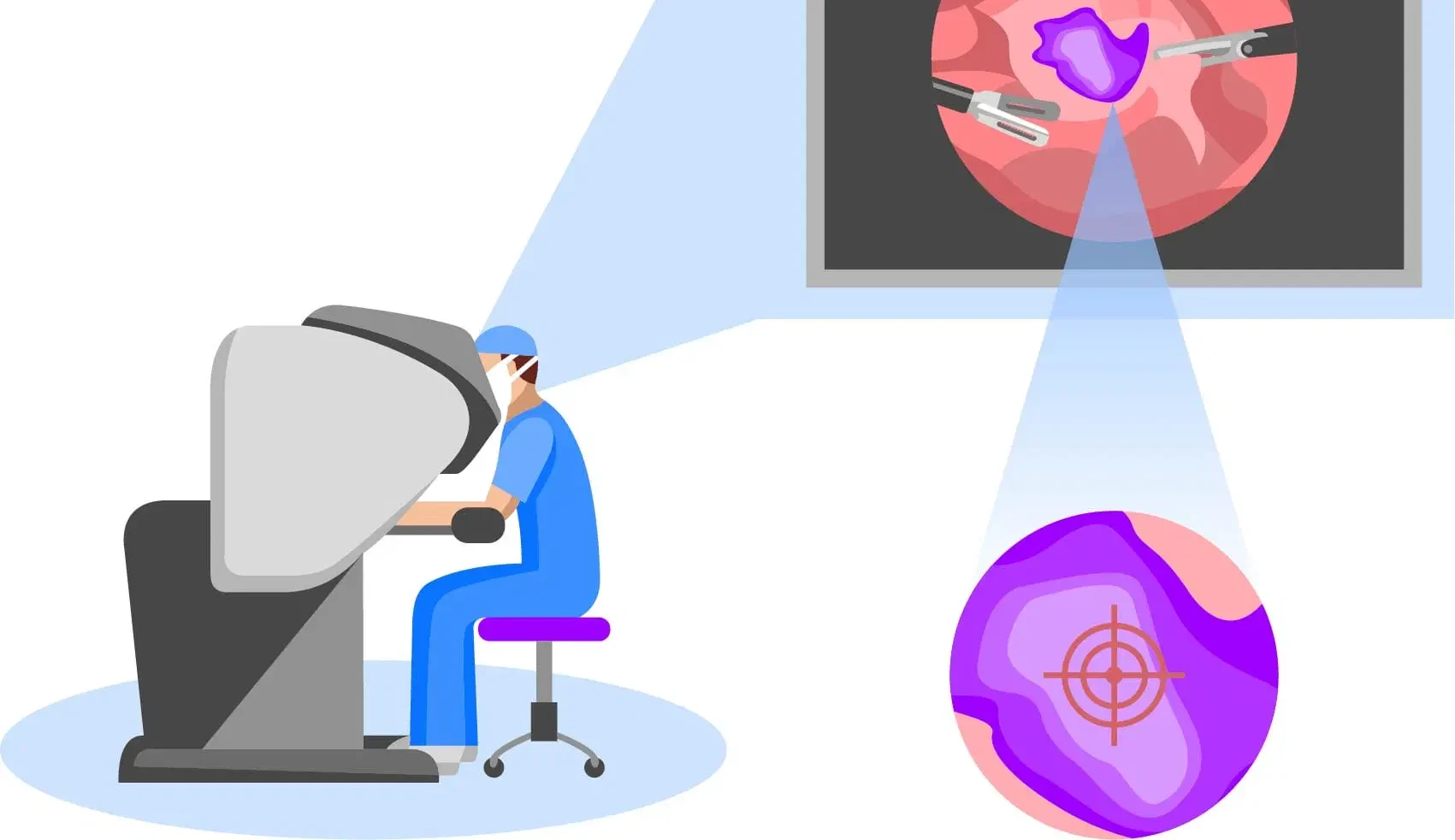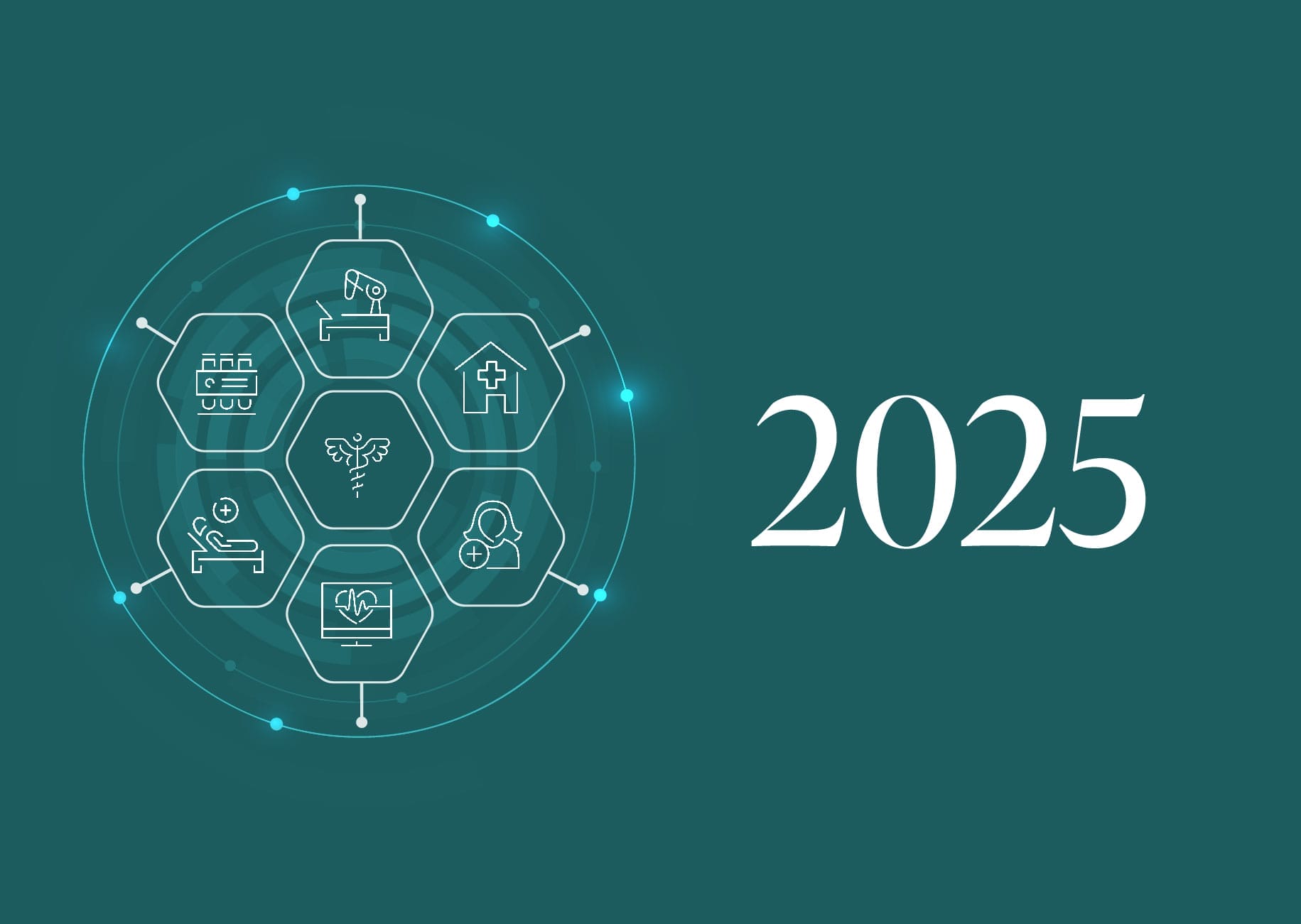The past decade has seen a marked increase in the availability of nutritional solutions targeting women’s health. In 2012, fewer than 50 new products were introduced to market; in 2021 the number of launches exceeded 450. Encouragingly, the focus is expanding beyond prenatal and post-pregnancy to encompass holistic women’s needs. The most active segments have been healthcare (vitamins and supplements), nutritional drinks, and powdered milk products. However, over the past five years there has been a noteworthy development. The three fastest growing segments for women’s nutrition are now Bakery (CAGR+38%), Nutritional Drinks (CAGR+26%), Sports/Energy and Hot Beverages (CAGR+15%), whereas other segments have a CAGR below 7%1
The female nutrition opportunity
Evidence is building to suggest that nutrition – along with genetics, lifestyle, and environmental factors – impacts many aspects of health and wellness. This is true for all people, but as the medical sector begins to acknowledge the full extent of women’s unique clinical needs attention is also turning to the specific role of nutrition in female health.
Just as medicine is hindered by historic underrepresentation of women in clinical trials, the nutritional space lacks sex-specific research and analysis. Much of the available data is based on male physiology, but it’s increasingly clear that a one-size-fits-all approach to nutrition is inadequate and that tailored solutions are better. For women’s health, there are important physiologic, neurologic, and hormonal variabilities throughout the various life stages which necessitate targeted nutrition.
A well-rounded approach is needed to address wider female nutritional needs, cater to the long-overlooked gap in innovation, promote holistic health and potentially contribute to risk reduction for chronic disease. With women representing 50% of the population, there is a clear commercial case for investigating food and beverage opportunities in this space.
Look beyond reproductive potential and ‘pink’
Much existing research about female nutritional needs relates to fertility and pregnancy. Similarly, many existing female health solutions focus on reproductive health. But nutrition also has a bearing on many aspects of general health and mental health throughout life.
Women’s distinct nutritional needs don’t solely relate to reproduction, or even menstruation and menopause. It’s now widely acknowledged that conditions such as cardiovascular disease and cancer can affect women and men differently. A 2022 report by the American Heart Association highlights that women are underrepresented in heart disease research, despite 44% of women (aged 20+ years) suffering from cardiovascular disease. Nutrition’s role in preserving and improving health, or preventing and delaying the onset of some conditions, may vary between the sexes too.
Key aspects of women’s health that can be targeted with nutritional solutions range from joint health to cognitive function. As the below diagram indicates, digestive health, weight and fitness, and energy needs are well-served by existing female nutrition solutions. However, there could be unmet needs (and potentially a high level of demand) for products that address other aspects of female health from a nutritional perspective.

Product launches targeting women only over 10 years (2012 u2013 2022) 1
A 2022 review suggests a growing focus on ‘healthy ageing’ (e.g. bone health, lactation, hormonal fluctuations, menopause). There’s been an increased focus on mental health in the past ten years too, addressing issues related to mood, depression, anxiety, and stress, as well as recognising states like postpartum depression and stress associated with breastfeeding.
Current market activity
Established players in the female nutrition space include nutrition, consumer health and pharmaceutical companies. Nestlu00e9, Kellogg’s and Danone dominate the food and beverage market, with a range of products aimed at women, such as snacks, breakfast cereals and specialised dairy products. Abbott also has a strong track record, largely in powdered milk and nutritional drinks for women. Nevertheless, we believe there is much untapped potential. Female nutrition is poised to become a mainstream food and beverage category, and products grounded in scientific evidence are likely to generate interest, trust, and loyalty.
We expect to see a new wave of food and beverage products combined with services that diagnose female nutritional needs to offer tailored support. These offerings may involve a joined-up approach where food and beverage companies partner with consumer health specialists and technology companies. Consumer health or nutrition companies are also likely to make their own inroads into the food and beverage space.
DSM, a leading supplier of nutritional and speciality ingredients to food, beverage and dietary supplement manufacturers is an early example of how this might manifest. In February 2022, it launched Phenologyu2122 via its direct-to-consumer company Hologram Science. Working with femtech start-up inne, Phenology offers non-invasive at-home hormone testing to discover when nutritional intervention could be beneficial during perimenopause, menopause, and post-menopause. The concept includes a line of science-backed products, including a gummy-based daily nutritional supplement regimen for tackling hot flushes and stress.
Responding to a historically overlooked gap in the market
Undoubtedly, further fundamental and clinical research is needed, along with increased awareness, to generate and leverage female-specific data (especially for younger women, and across a range of racial and ethnic backgrounds). For example, genomics and bioinformatics approaches can help stratify regional and demographic nutritional needs. We anticipate that developments in the female nutrition space will accelerate over the next 12 months. Food and beverage companies that wish to enter the market, or extend their presence, need to act fast. Approaches to portfolio diversification and new launches will need to be adapted according to target geographies and the corresponding health and nutritional needs of women in those markets.
The first step is to conduct portfolio analysis to determine whether female nutrition is a good fit for the business in terms of strategic alignment. Investment in fundamental research is also likely to be a prerequisite to identify where female nutritional needs differ from established norms. An ability to harness relevant data, and then glean actionable insights, may reveal rich seams of innovation potential. This could drive competitive advantage through the creation of food and beverage products that make a material contribution to female health and wellness.






